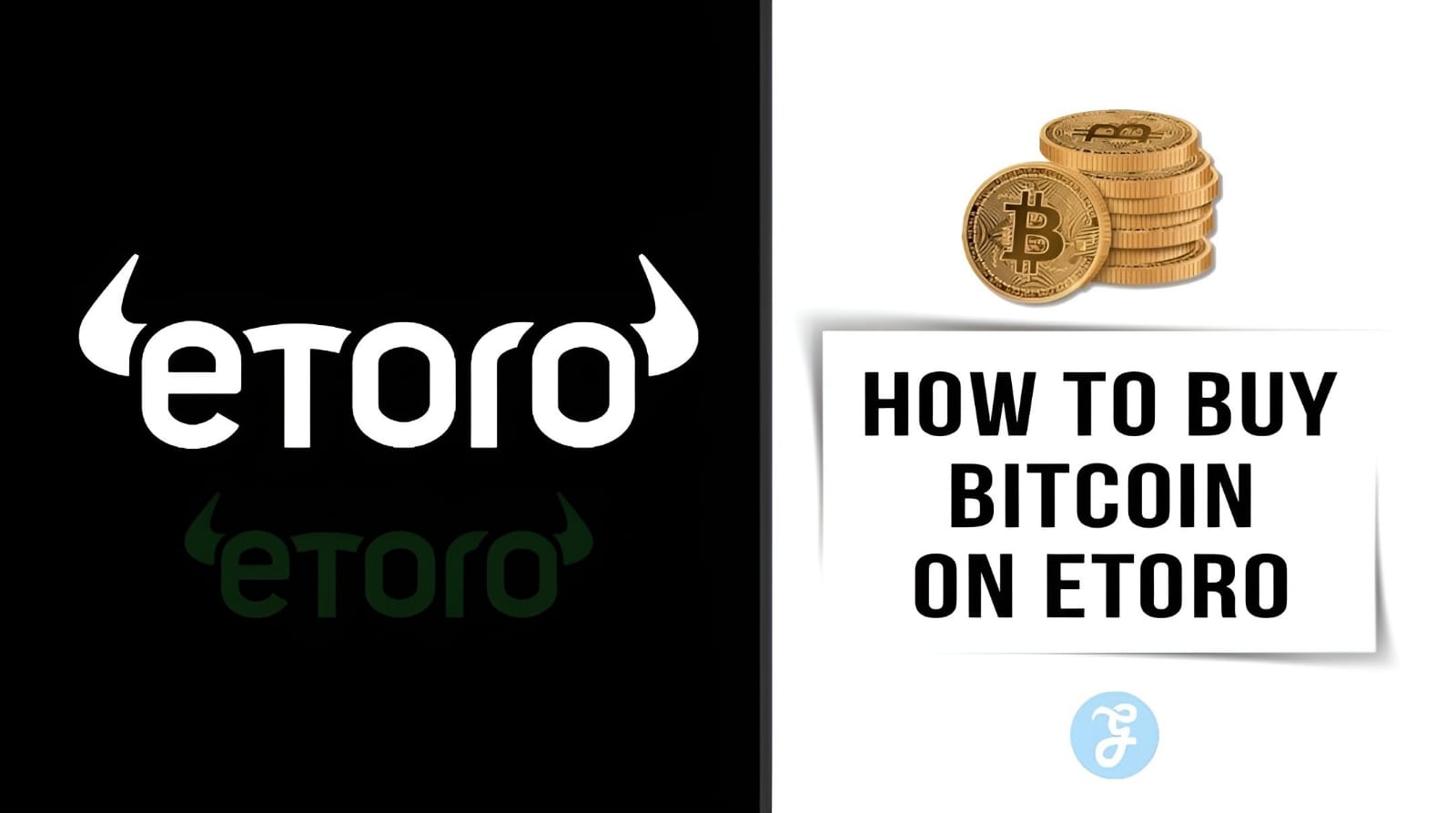Blockchain: A definition
A blockchain is a digital ledger of transactions protected from hacking and modification by a network of computers. With the use of technology, people may transact with one another securely without the need for a middleman like a bank, government, or other third party.
Cryptography is used to link together blocks, a set of records. Peer-to-peer computer networks independently verify each transaction, time-stamp it, and then add it to the ledger. Data cannot be readily changed once it has been captured.
Blockchain technology has gained popularity with the increasing usage of Bitcoin, Ethereum, and other cryptocurrencies, but it also has promising uses in the legal sector, real estate transactions, the medical field, and any other sector that requires the authorization and documentation of a sequence of activities or transactions.
Blockchain example: Bitcoin
Bitcoin transactions are entered and sent to a network of strong computers called nodes.
Using computer algorithms, this network of thousands of nodes competes to confirm the transaction. Bitcoin mining is what this is called. Bitcoin is awarded to the miner who first successfully completes a new block. The network fees, which are charged to the buyer and seller, are used to pay for these benefits, together with freshly created Bitcoin. The amount of transactions will determine whether the fees increase or decrease.
The sale is recorded as part of a block on the distributed ledger after the purchase has been cryptographically verified. The transaction must then be approved by the vast majority of the network.
Blockchain technology was originally mentioned in scholarly works from 1982, in a dissertation examining “the design of a distributed computer system that can be established, maintained, and trusted by mutually suspicious groups.” However, it was a 2008 article titled “Bitcoin: A Peer-to-Peer Electronic Cash System” written under the pseudonym Satoshi Nakamoto that put an academic theory into practise.
Blockchain pros and cons
Pros
While the Federal Reserve prints the U.S. dollar, no government body is in charge of or issues Bitcoin or any other cryptocurrency. Additionally, this means that no government or organisation will longer be able to decide the future of a public blockchain. The absence of middlemen lowers costs since there are no third-party transaction fees. Time efficiency is another benefit of how blockchain operates; unlike banks and other middlemen, the blockchain is available for business around-the-clock, every day of the year.
On computers spread throughout the network, the Bitcoin blockchain keeps a record of every transaction. The ownership of each wallet linked to these public addresses is anonymous and is not recorded, therefore transactions are entirely transparent despite the public viewability of the address and transaction history of the crypto wallets used to store the bitcoin.
Cons
A number of new technologies have their early adopters among criminal organisations. Due of the secrecy they offer, they use cryptocurrencies like Bitcoin as payment as well as to prey on Bitcoin holders. Customers of Silk Road, a black market online marketplace for unlawful goods and services that the FBI shut down in 2013, offered Bitcoin as an example. Colonial Pipeline was recently the victim of a ransomware assault, and to unlock its computer systems, the corporation paid $4.4 million in bitcoin.
While this has been happening, the number of investment frauds involving Bitcoin has increased dramatically. In scams promising rapid profits, the Federal Trade Commission estimated that approximately 7,000 people lost $80 million between October 2020 and March 2021.
There is a lesser chance of mistake because there is little human involvement throughout the transaction. It is vanishingly difficult to falsify or modify information since each transaction must be verified and logged by a majority of the network nodes. Additionally, this stops someone from using a Bitcoin more than once.
Efficiency gains brought about by blockchain technology might go much beyond virtual currency. Complex decentralised finance (DeFi) products, games, and digital collectibles known as NFTs have all been created by developers in the industry.
The public blockchain networks on which Bitcoin and other well-known cryptocurrencies (also known as altcoins) operate allow anybody to join. However, private blockchain networks may be used to develop a variety of commercial applications.
A network of fast computers that utilise a lot of energy is used in the Bitcoin mining process. According to the University of Cambridge Electricity Consumption Index, if Bitcoin’s proof-of-work mechanism were a nation, it would be the 34th largest electricity consumer, ahead of Kazakhstan and behind Pakistan. Elon Musk, the CEO of Tesla, declared in May 2021 that the automaker would stop accepting Bitcoin unless that cryptocurrency found a means to lessen its carbon footprint. Other blockchain developers have created less energy-intensive alternatives, such as the “proof of stake” protocol, which swaps out mining with crypto staking.
Approximately seven new transactions may be added to the Bitcoin network per second. Visa, a major provider of credit cards, claims it can process 24,000 transactions per second. This creates a scalability issue for the Bitcoin system. This issue is being addressed by other blockchain-based cryptocurrencies, such as Ethereum, which just finished the Ethereum merge.
The future of blockchain technology
There are dozens other cryptocurrencies that are based on blockchain technology, even if the Bitcoin system is its most well-known use. While it is yet unclear if Bitcoin will be able to replace other types of conventional payment systems, blockchain technology applications are expanding quickly, and supporters claim they might bring about significant changes in a variety of industries.



